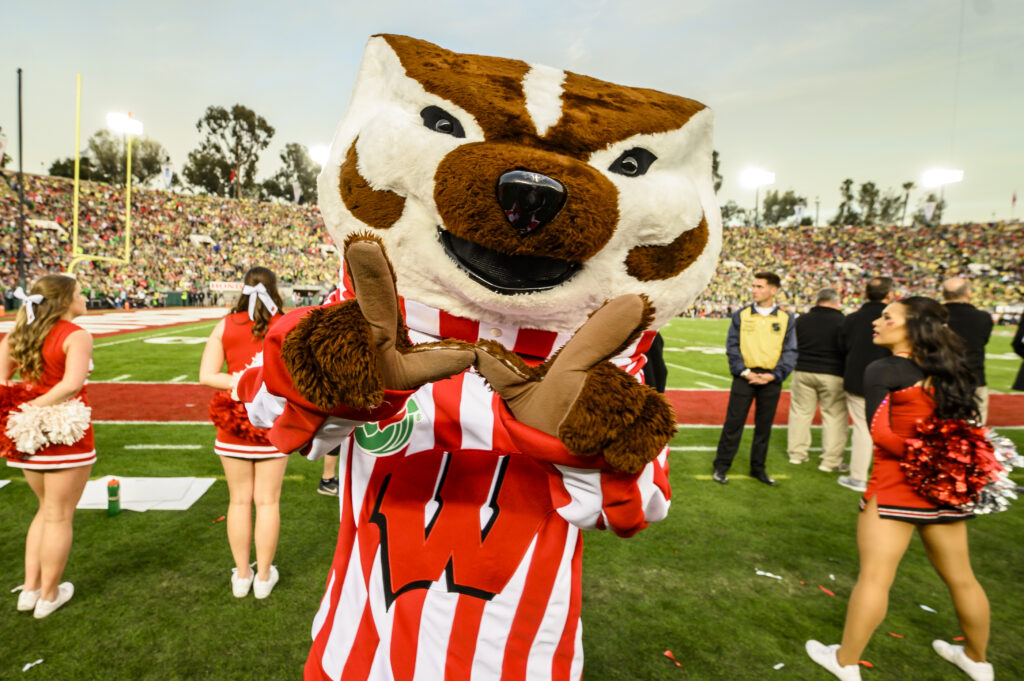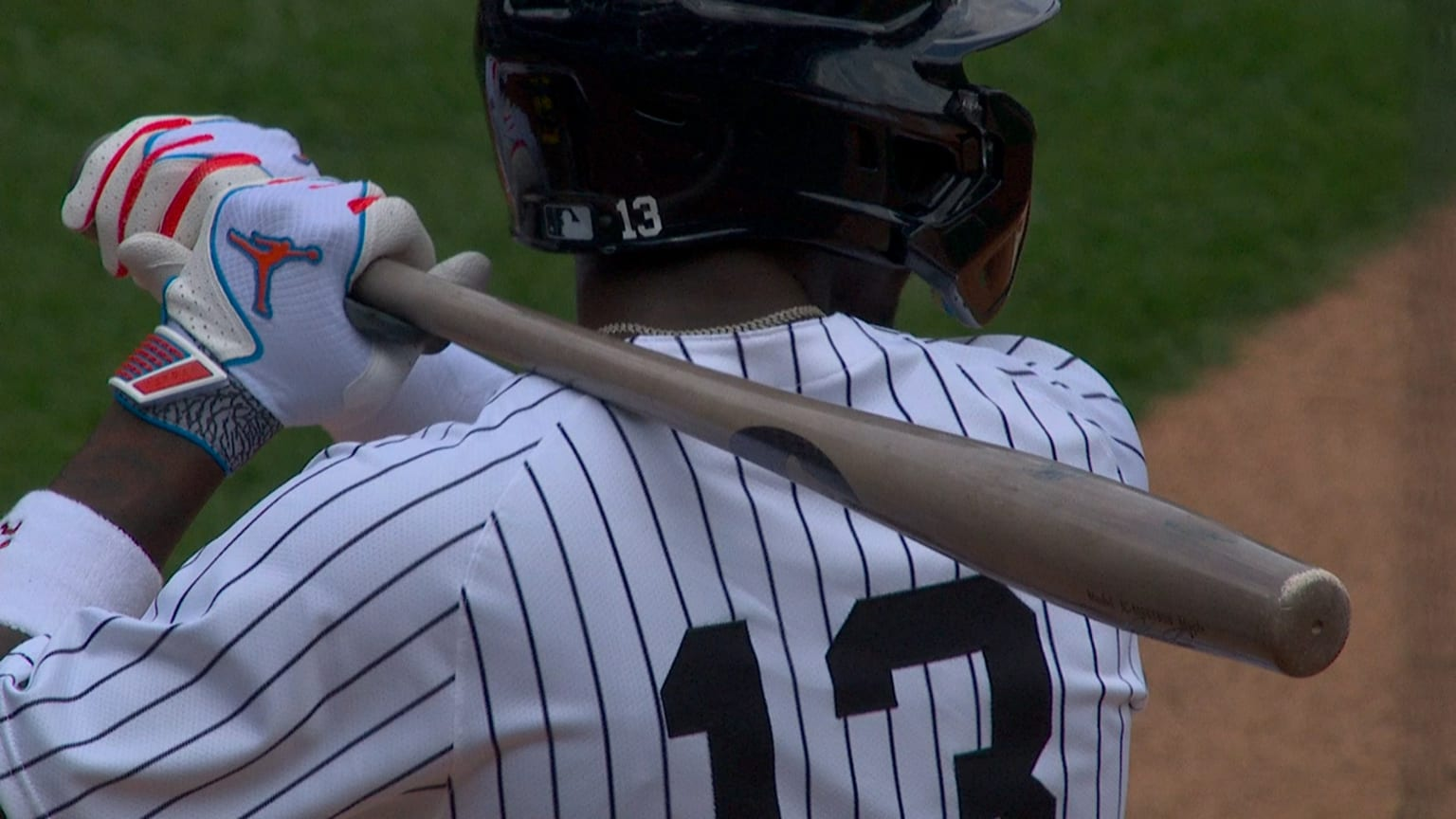By: Spencer Schick
For Geoff Schick, football has been a lifelong passion that began as an 8-year-old in his hometown of Racine, Wisconsin. Now entering his fourth season as the offensive coordinator and first as the general manager of the Racine Raiders, Schick’s journey from a standout high school player to a two-time national champion-winning coach has been far from ordinary. Having conquered one league with back-to-back titles in 2023 and 2024, the team’s sights are now set on a third straight national championship as the Racine Raiders enter their inaugural season in The Players Football Association (PFA) in 2025.
A Lifelong Commitment to Football
Schick’s relationship with football started early in his youth, starting when he first strapped on the pads in an 8-man tackle football league through the Racine YMCA. Growing up playing football alongside neighborhood friends, the game was more than just a hobby for Schick–it became a passion that shaped his identity for decades to come.
By the time Schick arrived as a freshman at Washington Park High School, he was fully immersed in the sport. Beginning his high school career on the first-year team, Schick worked his way up to the varsity squad by his junior year. It was there that he was coached by Phil Dobbs, a legendary football coach in Wisconsin high school football history. Dobbs, who accumulated a 147-75-1 record over 23 years as a head coach, was influential in Schick’s development as both a player and a coach.
“Coach Dobbs was a huge influence on me,” Schick says. “He taught me the importance of hard work, discipline, and how to respect the game. Those lessons have stayed with me throughout my career, both as a player and a coach.”
After high school, Schick continued his playing career at the University of Wisconsin-Whitewater, where he transitioned from linebacker to tight end. The transition was challenging, but Schick knew it was his best chance to play at the collegiate level and contribute to the team. He earned varsity letters in both 1989 and 1990, when UW-W won its undefeated conference championship, but was injured in early 1991 and stepped away from the team. The decision to discontinue playing at UW-W was a decision that he admits still triggers regret 30 years later.
“It was a tough decision,” Schick reflects. “I was dealing with a lot of personal issues going on in my life at that time. I regret leaving the team, but it’s part of my journey. I’ve learned to accept it, move forward, and work to counsel players of mine against decisions they may regret. Like I did.”
While his college career was cut short, Schick’s time as a player for the Racine Raiders helped bring him back to the game that he loved. Schick’s playing days with the Raiders spanned four seasons from 1995 to 1998. Schick was a member of the 1995 Mid-Continent Football League (MCFL) and the 1995 United States Football Association (USFA) championship teams. For Schick, these years were filled with relationships and memories that continue to inspire him in his current roles within the front office and on the coaching staff.
The Coaching Evolution
Schick began coaching football in the summer of 1992 as an assistant coach for tight ends and linebackers at Union Grove High School in Wisconsin. From there, he transitioned to coaching my brother, Sawyer, and me when we began playing football in our early elementary school years. After taking a break from coaching in 2015 until 2020, Schick decided to join the Racine Raiders as an offensive coordinator under head coach Wilbert Kennedy in 2021.
“Geoff has been a tremendous addition to our coaching staff. Matt [Nelson] made the recommendation to add him to our staff four years ago, and I have been grateful for his ability to revitalize our offense, especially through the passing game,” says Kennedy.
“We’ve always focused on the fundamentals,” Schick says. “I want our guys to understand the game, not just physically but mentally as well. Being able to instill discipline, focus, and effort is so important because those are the cornerstones within our offense. And when you get all of those things right, the results will follow.”
Schick’s offensive philosophy utilizes the passing game in ways that create opportunities for playmakers. He believes in allowing players to make big plays through taking deep shots, getting open across the middle of the field, and through quick RPO play calls to keep defenses on their toes. That strategy paid off in each of the last two seasons in 2023 and 2024, when the Raiders clinched back-to-back national championships.
A Chance for a Three-Peat
As Schick and the Raiders look ahead to the upcoming 2025 season, the Raiders are preparing for a new chapter in the PFA. After two seasons in the Gridiron Developmental Football League (GDFL), the Raiders joined a league that Schick believes will elevate the team’s competition and opportunities moving forward.
“While our time in the GDFL was relatively brief, those two years were important strategically as we reclaimed national prominence at our level,” says Schick. “However, economic and competitive factors have changed, and the PFA now offers elite competition right in our backyard. Fans should be looking forward to renewing traditional rivalries the Raiders have had with teams in the Detroit community, and competition should be spirited with Indiana and Ohio teams as well.”
One of the most significant changes within the PFA is the proximity of teams, allowing for more frequent regular-season league games and the renewal and development of rivalries. Schick views this as an opportunity for the Raiders to establish long-lasting, competitive relationships with other teams, thereby creating compelling storylines for years to come, while also entertaining fans.
“These rivalries will make the league even more exciting,” Schick explains. “We’ll be playing against the same teams year after year, and that’s going to help create some buzz, both on and off the field. In the GDFL, we only played against two or three teams in our league each year during the regular season, which was tough because playing non-league games was challenging to draw fans to Horlick Field. The opportunity to play against several teams from the PFA in regular season competition makes our games that much more exciting and a bigger reason for fans to come out and support us. I expect some big moments, and I think our fans will enjoy the intensity that comes with it.”
With the Raiders’ goal set on a three-peat, Schick is making sure his players stay focused on the task at hand, even with the added pressure of entering a new league.
“We’ve done it twice now, but the third one is the hardest,” Schick admits. “We know our team has the talent to win, but it’s all about staying grounded and putting in the work, both in practice and on game days. That’s what will set us apart from other teams.”
Family First
Despite the commitment required for his coaching career, Schick credits his family’s willingness to allow him to pursue coaching. With 28 years of marriage to his wife, Jodie, Geoff balances his demanding football schedule with time spent with his loved ones. His oldest son, Sawyer (25), enters his third season as a quarterback for the Raiders.
“[Geoff] has always done a great job in balancing football-related activities with family time. While for many years it overlapped heavily with our schedules since he was our football coach growing up, he still finds time to balance his hobbies with family,” says Sawyer. “It’s been pretty cool to have him as a coach again. It’s fun to be out here with guys like Bubba [Rewolinski] and Nick [Nelson], who I grew up playing with under my dad’s coaching.”
Jodie has been a constant supporter of Schick’s career, attending games since his playing days with the Raiders and continuing to support him through his coaching years. With my brother and I having been involved in playing football since 2005 through Racine Youth Sports, our mother has been there every step of the way to show her support for both her husband and her children.
“My family has been my rock,” Schick says. “They’ve been there for me through it all, and I wouldn’t be able to do it without their support. Football is important, but family is always first.”
The Road Ahead
As Schick looks toward the 2025 season, his commitment to the Raiders and his players remains unwavering. His love for the game runs deep, and he has the drive to continue building on the team’s storied history.
“I’m excited for what’s next,” Schick says. “The PFA is a new chapter in our team history, but our goals haven’t changed. We’re here to win, and we’ll do whatever it takes to keep our momentum going.”
For Schick, the road ahead is clear: build on the Raiders’ legacy, continue to get the most out of talent, and of course, chase national championship number 12 in franchise history.

